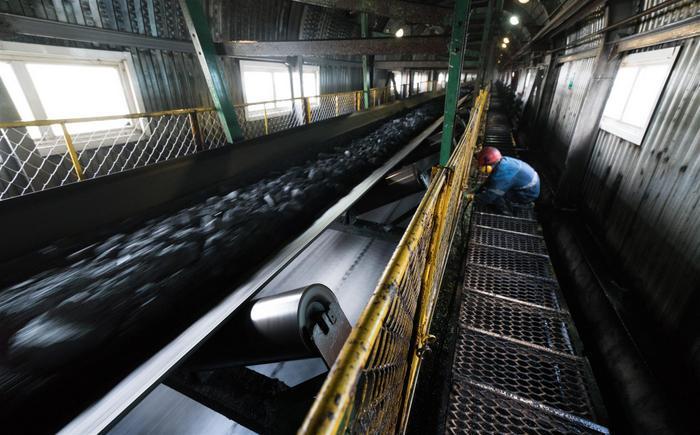Anti-static conveyor belts are designed to overcome issues associated with the accumulation of static electricity during operation. These problems include device failures, a negative impact on productivity and product reliability, as well as safety hazards arising from electrostatic discharge. Effective dissipation of static electricity from the surface of conveyor belts is essential in environments such as electricity generation stations, manufacturing facilities, the automotive industry, chemical facilities and mining.

Until recently, conductive carbon black has been the industry-standard anti-static additive. However, the high concentration of carbon black needed to achieve the required conductivity lead to a number of issues, such as degraded mechanical properties of the conveyor belt and migration of carbon to the surface of the material. Thanks to their exceptional physical and chemical properties, TUBALL graphene nanotubes increase abrasion resistance and enablie conductive properties, thus offering customer-specific, individual solutions for rubber and plastic conveyor belts.
A number of laboratory tests have recently been conducted on manufacturing PVC plastisol with TUBALL. Nanotubes can now be embedded into the material by incorporating TUBALL MATRIX concentrates with pre-dispersed nanotubes. TUBALL MATRIX provide homogeneous dispersion and significantly simplify handling, without the powder, dust, dispersion problems or negative influence on surface quality associated with carbon black. Measurements conducted in accordance with the ASTM D257 standard illustrate that just 1% of TUBALL MATRIX enables uniform and permanent surface resistivity of 10^7 Ω/sq.
Laboratory-scale manufacturing using TUBALL MATRIX reveals its potential to improve mechanical properties of plastic and rubber conveyor belts, including a significant increase in abrasion resistance. Following these encouraging results, large scale industrial trials are currently underway.
